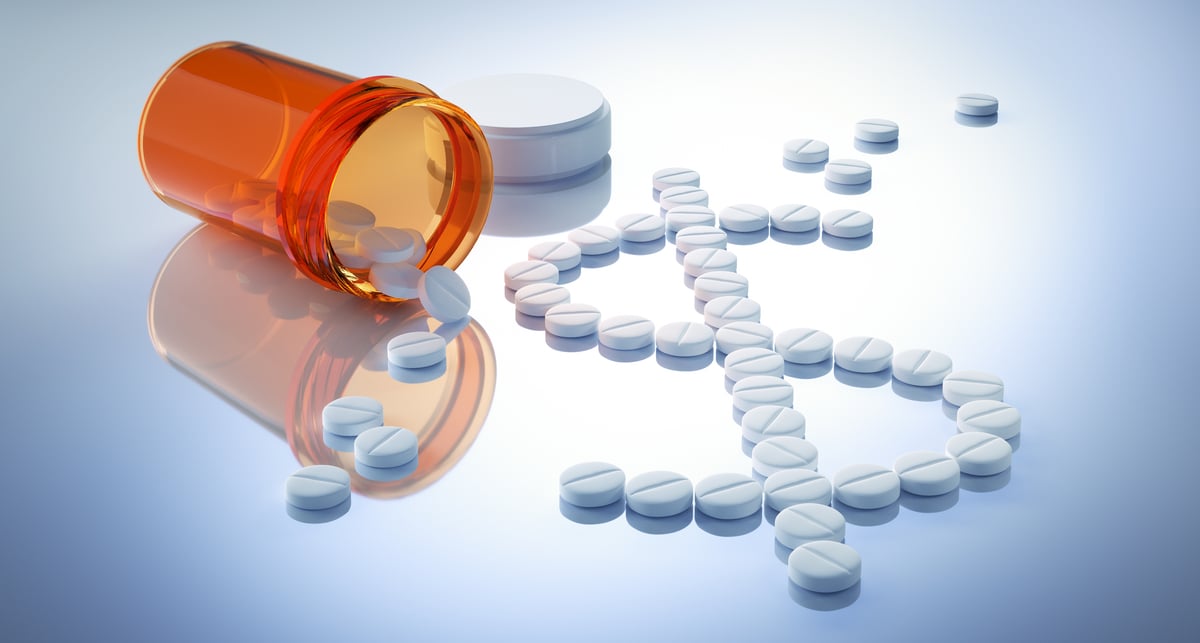What's in a brand? Any investor who follows the Dow Jones Industrial Average (^DJI 0.51%) knows how important a strong brand can be -- and how damaging it is when a company's brand becomes tarnished. The index has undergone many changes over the years, and many of these changes were enacted in response to the diminished value of one brand or the strengthening of another.
When the automobile became a common sight on city roads, the Dow responded by adding the strongest auto manufacturers to its exclusive list. The rise of a consumer culture prompted the Dow's inclusion of the most popular department stores. Companies that developed and marketed advanced technology have found a place in the Dow's ranks in every era from the Electric Age onward. Branding mattered then, and it matters even more today.
Today we'll be taking a look at the brand behind Johnson & Johnson (JNJ +0.82%), a Dow component since 1997 and Interbrand's 79th-most-valuable global brand of 2012, to better understand how it was built and how it has helped create one of the world's largest companies.
Building brand value
Thanks to a decade's worth of data from the Interbrand consulting firm, we can analyze J&J's branding successes (or failures) over the past 10 years relative to some more standard corporate measures. We'll also dive into some of J&J's pivotal public moments to see how those moments helped build a brand to stand the test of time.
Over the last decade, J&J's market cap has grown 28%. Its annual revenue (with its most recent trailing-12-month revenue serving as 2012's result) has grown by 55%. The company's latest brand value is 62% greater than it was a decade ago. Although J&J's revenue has improved nearly to the same degree as its brand value, the company hasn't been able to earn much more in profit: Its net income has only grown by 21% from 2003 to its most recent results.
Behind the brand
Interbrand explains J&J's branding score by pointing to its responsiveness in the face of ongoing product recalls and its commitment to social responsibility. Interbrand also points to J&J's acquisition of Synthes, a leading medical-device company that's now part of subsidiary DePuy Synthes, the world's largest and most innovative orthopedic and neurological company. "Driven by its credo to improve the health and well-being of people around the world," says Interbrand, "J&J continues to demonstrate that a strong brand can help a company weather all storms."
J&J is no stranger to brand-damaging product recalls. Its 1982 Tylenol debacle, which saw several people die as a result of cyanide-laced pills, came to be seen as a gold standard for corporate responsiveness in times of crisis. Since then, J&J has expanded far from consumer products and into the above-mentioned medical devices, which may contribute to its low brand-ranking relative to its market cap, the 17th-largest on American exchanges. However, it's still the only medically focused company to crack Interbrand's top 100 list for 2012.
However, J&J's brand value was damaged by the recalls that began in 2010. Diversification helped J&J weather those problems better than its 1982 Tylenol scare, but the company's latter response was frequently derided by industry watchers. New CEO Alex Gorsky, who ascended from leading the medical-devices segment earlier this year, has a reputation for safety and quality oversight. His experience will be important as generic manufacturers -- including a growing over-the-counter drug partnership between Teva Pharmaceuticals (TEVA 1.29%) and Procter & Gamble (PG +1.48%) -- try to elbow their way onto pharmacy shelves, as many competitors attempted in 1982.
Gorsky has already overseen one damaging recall. Hundreds of thousands of patients with DePuy artificial hips had to undergo what may be the most agonizing recall effort in history when the devices were found to fail and create health problems in far more patients than should be acceptable under normal operating conditions.
The DePuy recall may not have gotten the publicity of any of the Tylenol recalls, but patients forced into surgery to replace a defective artificial hip are likely to be vocal and persistent critics than consumers who found that their bottle of pills smelled funny. Since the recalls, robotic hip- and knee-replacement specialist MAKO Surgical (MAKO +0.00%) has seen an increasing utilization of its machines. That could cut into J&J's medical-device brand value if patients come away with a strongly positive opinion (and no adverse health issues) from their MAKOplasties.
J&J still places highly on the Harris Interactive Reputation Quotient poll, with an 80.45 score earning it seventh place this year. But that's a big drop from 2011, when it earned a score of 83.13 and a second-place ranking. That indicates the possibility of a rebound, since J&J's pre-recall score in 2009 was 81.88, between 2011 and 2012's score. It's a remarkable level of consistency for a company that has suffered so many brand-damaging recall problems in the past few years.
J&J's stability and enduring high public regard seem to be immune to all but the most catastrophic of corporate failures. It may not be the most valuable brand, but it's been one of the most consistent, and that's an important consideration for long-term investors.






